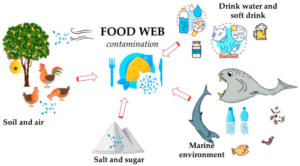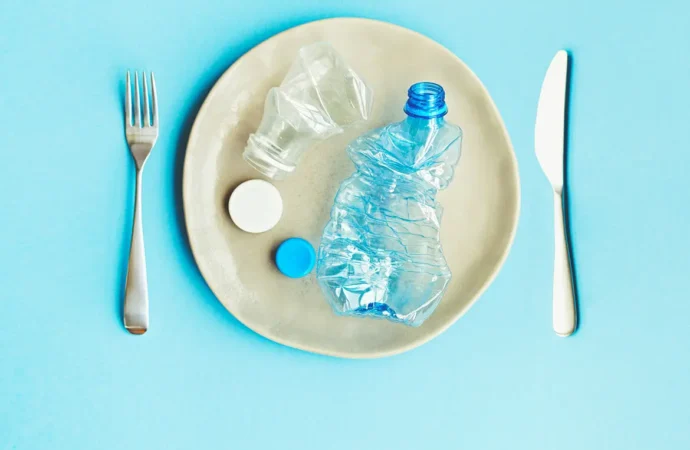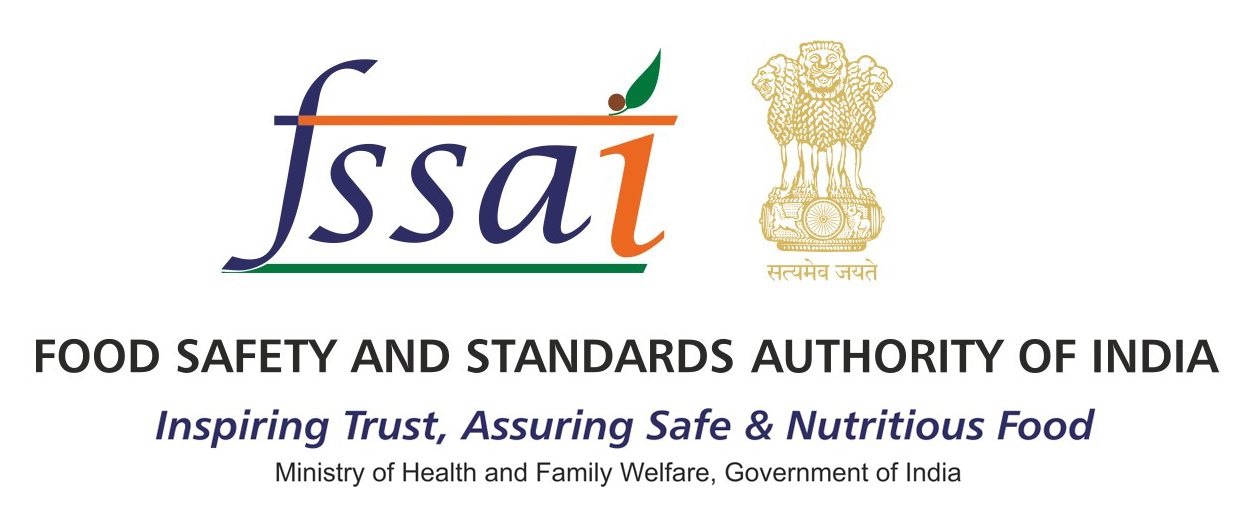Microplastics—tiny plastic particles measuring between 0.1 and 5000 micrometres—constitute an insidious byproduct of our plastic consumption. Larger plastic items that escape proper disposal degrade into these smaller fragments. Unlike organic materials, plastics do not decompose in the same way, allowing microplastics to persist in the environment. Various sources, including vehicle tyres, food and beverage containers, and synthetic textiles like polyester and nylon, allow microplastics to infiltrate our diets and habitats. Their presence not only affects the environment but also poses risks to human health.
How Microplastics Enter Our Food

Microplastics make their way into our food chain through various sources. Common items like single-use water bottles, to-go containers, food cans, and plastic wraps contribute to the problem. When heat exposes plastics or when we store them for long periods, they break down into microplastics that leach into our food. For example, heating food in plastic containers increases the chances of microplastics mixing with our meals.
Recent studies show that microplastics are alarmingly common. For instance, a report from Medical News Today based in the UK indicates that a typical one-litre bottled water can contain up to 240,000 plastic pieces. This highlights just how much microplastics have entered our diets.
Health Risks of Microplastics
The health risks associated with consuming microplastics are concerning. Many chemicals found in microplastics, such as stabilizers, lubricants, fillers, and plasticizers, are toxic. Here are some significant health risks linked to microplastics:
- Hormonal Disruption: Chemicals like Bisphenol A (BPA), used in plastic manufacturing, have been linked to infertility and conditions like polycystic ovary syndrome. BPA can interfere with hormones like estrogen and testosterone, which are crucial for reproductive health.
- Chronic Disease Risk: Long-term exposure to microplastics and their harmful chemicals can increase the risk of chronic diseases, including type 2 diabetes and heart disease. Studies show that high levels of certain chemicals in plastics are linked to inflammation, insulin resistance, and obesity.
- Immunological Impairment: Exposure to microplastics can cause increased inflammation, harming gut health and weakening the immune system. This ongoing exposure can disrupt the gut microbiota, leading to an imbalance that promotes harmful bacteria.
Research indicates that microplastics can damage human cells, disrupt reproductive health, and interfere with hormonal systems. These particles can also carry harmful substances into our bodies.
Microplastics in Everyday Foods
Microplastics are not just in processed foods; they can also be found in many staple foods and beverages. Here are some common items that may contain microplastics:
- Seafood: With around 24 trillion microplastic pieces in our oceans, it’s no surprise that marine animals ingest these particles. Studies estimate that the average person consumes about 53,864 microplastic particles each year from seafood alone—equivalent to eating 17 credit cards’ worth of plastic.
- Tea: Many tea bags are made of plastic. When steeped in hot water, they can release an astounding 11.6 billion microplastic particles into your drink. To reduce exposure, switch to loose-leaf tea and use a strainer.
- Fruits and Vegetables: Fruits and vegetables can absorb microplastics through their roots. Research shows that apples and carrots often contain over 100,000 microplastics per gram.
- Salt: A study found that nearly all tested table salt brands contained microplastics, with the average adult consuming about 2,000 microplastic particles each year from salt alone.
Environmental Impact
Microplastics have spread to nearly every part of the Earth, from the Arctic snow to remote deserts. This widespread issue not only affects wildlife but also poses serious challenges to human health. As they break down into smaller particles, microplastics end up in our oceans, air, and soil, creating a cycle of contamination that is hard to escape.
How to Reduce Microplastic Exposure
Although the presence of microplastics may seem overwhelming, you can take practical steps to reduce your exposure:
- Avoid Single-Use Plastics: Stay away from plastic food and drink packaging, especially single-use items that contribute to microplastic pollution.
- Choose Whole Foods: Select minimally processed foods over highly processed ones, as studies show that processed products often contain more microplastics.
- Use Alternatives to Plastic: Replace plastic cutting boards with wooden or other non-plastic options. Consider using glass containers for food storage instead of plastic.
- Modify Tea Choices: If you drink tea, choose loose-leaf options to avoid microplastics found in many tea bags.
- Improve Indoor Air Quality: Regularly vacuum your home to reduce microplastic accumulation and potential inhalation.
- Wear Natural Fibers: Opt for clothing made from natural materials to lower your exposure to microplastics from synthetic fabrics.
By making informed choices and advocating for reduced plastic use, we can all help combat the microplastic crisis, promoting better health for ourselves and the planet.
Conclusion
Microplastics are a growing concern that affects both the environment and human health. As research reveals the extent of microplastic contamination in our food systems, individuals and policymakers must tackle this urgent issue.
To address this problem, reducing plastic use and improving waste management are crucial steps. Switching to eco-friendly alternatives like reusable containers, avoiding single-use plastics, and supporting recycling initiatives can limit the production of microplastics. Additionally, raising awareness about the issue and encouraging industries to adopt sustainable practices can help protect both the environment and human health from the harmful effects of plastic pollution.
 Food Manifest
Food Manifest 















